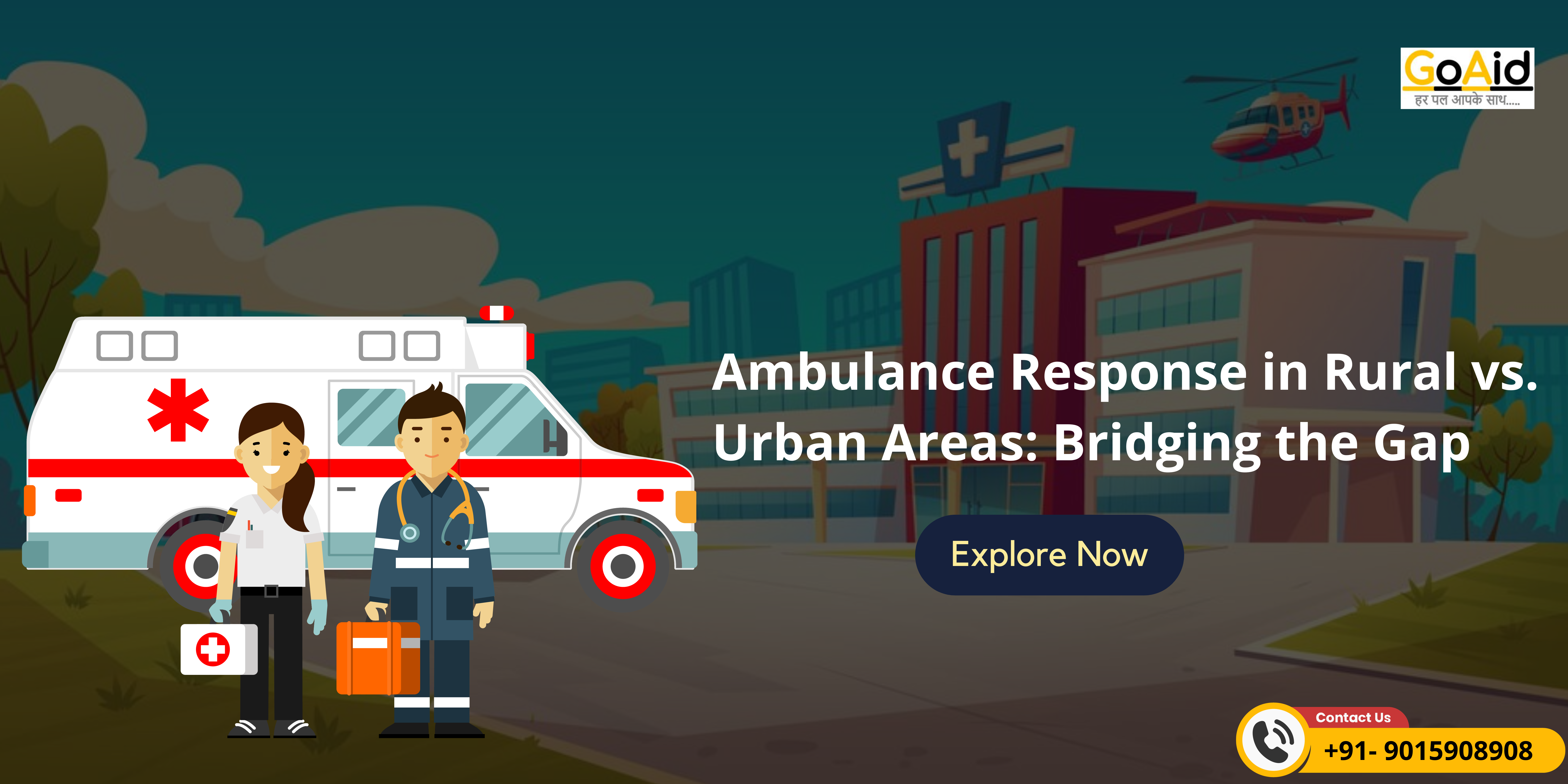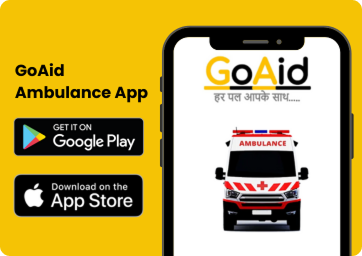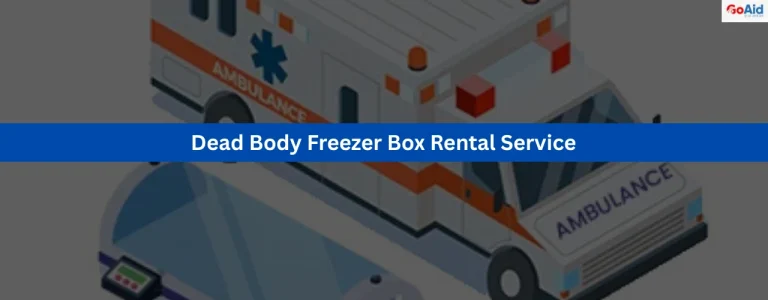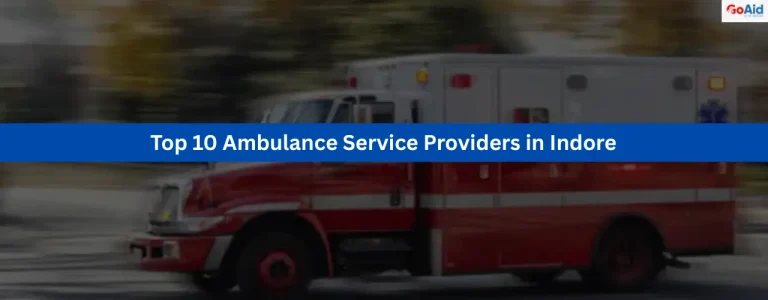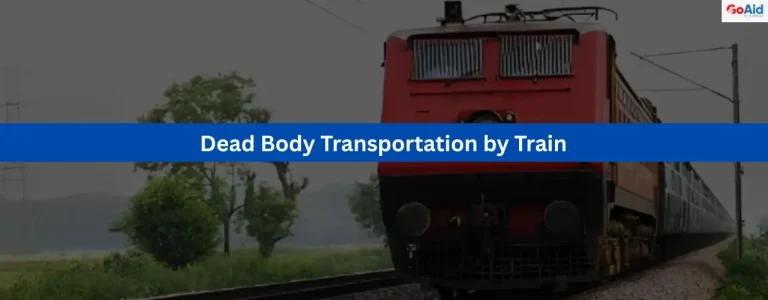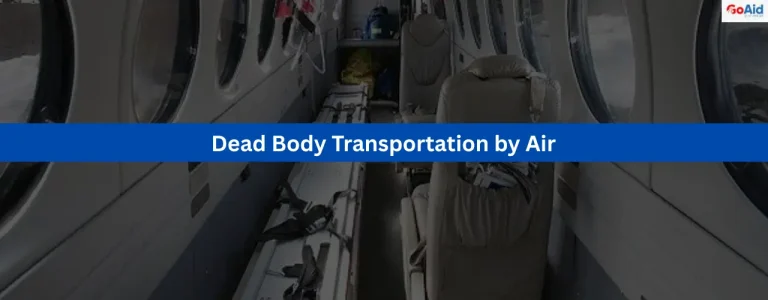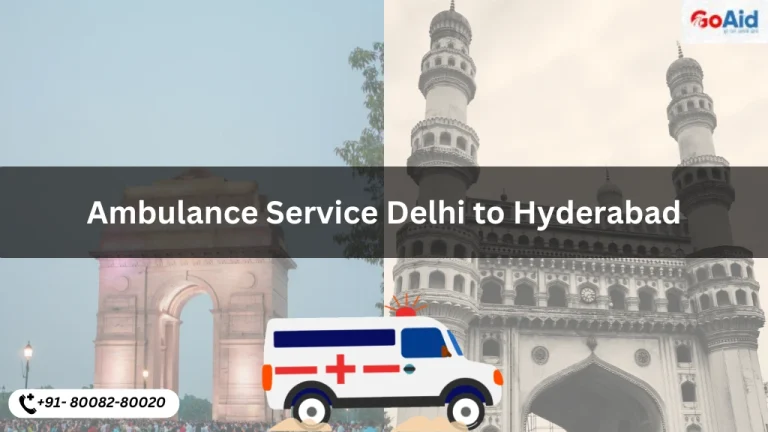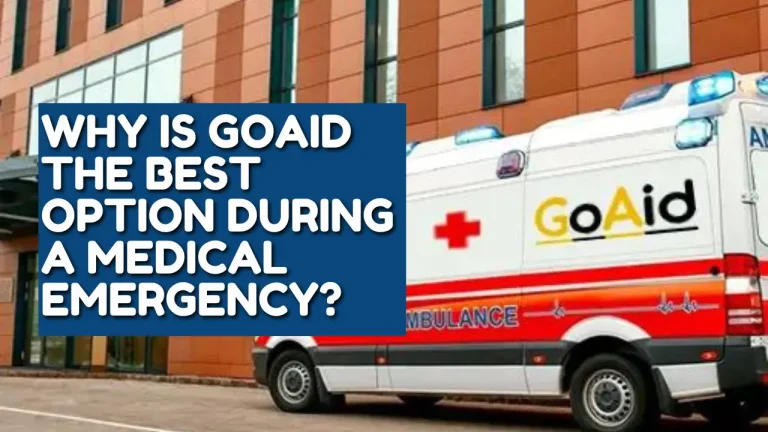If you keep yourself updated with the news, it won’t be new to you to read headlines about accidents, medical emergencies, and the lack of timely response from ambulance services when needed. This issue is particularly can occur in rural areas of India compared to urban regions.
Despite numerous ambulance services guaranteeing prompt assistance regardless of location, achieving this goal is often easier said than done. In this article, we will explore some of the critical factors that hinder the timely response of ambulance services in rural regions of India.
WeŌĆÖll also discuss potential measures to enhance both the availability and accessibility of these services across India including distinctions in ambulance response times between rural and urban areas that everyone should be aware of.
So, letŌĆÖs start-
Ambulance Response in Rural vs. Urban Areas
We are aware of the ground reality of accessibility & availability of ambulance service in India. In Urban area of India, where any facility is accessible to communities without any huddle, the healthcare system is on the advanced phase of development.
On the same time, Rural area of India, where basic facilities of human need such as electricity, water, satisfactory road structure is lacking. This is why talking about the fast and efficient response time of ambulance is not their first need.
However, providing best medical infrastructure including access of the best and efficient ambulance services with fast response time is a requirement of the India that is focusing on turning into the most vigorous economical superpower of Asia.
India is working toward strengthening their medical & healthcare infrastructure. This is the core reason why, as a responsible Indian, we have to know about Ambulance Response in Rural vs. Urban Areas with their all impacting factors. We have added all those factors below:
Also Read: Solving the Mystery of why an ambulance is written inverted?
Ambulance Response in Urban Area
In urban areas of India, the ambulance response system is generally more streamlined because to the availability of its better infrastructure and resources. The presence of multiple hospitals and clinics, along with trained medical professionals and advanced technology helps in building a great medical healthcare infrastructure in Indian Urban Area.
Even after having a good medical and healthcare infrastructure in Indian urban area, there are many challenges can be objectified such as traffic congestion and crowded streets.
These can avoid using the GPS systems, dispatch services, and well-coordinated emergency networks. They helps to minimize response times and provide critical care to patients during emergencies.
Factors that Support Ambulance Response in Urban Areas of India
Many factors support the Ambulance response in Indian Urban Areas. We have listed some of them below:
- Well-developed Infrastructure: The availability of multiple hospitals and clinics within close proximity are important factors that support the Ambulance response in Indian Urban Area.
- Technology Integration: Use of GPS systems for real-time tracking and optimized route planning is best use of the technology which is a helping factor that support the Ambulance response in Indian Urban Area.
- Emergency Networks: Coordination with police, fire services, and other emergency departments for quick response is a groundbreaking facility that helps the Ambulance response in Indian Urban Area.
- Trained Personnel: Availability of skilled paramedics and medical staff for immediate care are the factors that support the Ambulance response in Indian Urban Area.
- Community Awareness: In Urban area of India, people are somehow educated toward awareness of Health facility & other basic facts that is a helping factor that support the Ambulance response.
Also Read: Top Factors to Consider When Searching for an Ambulance Near Me
Hurdles that Can Impact Ambulance Response in Urban Area of India
We have understood that Urban Area of India allow access & availability of robust medical and healthcare emergency infrastructure as compare to rural area. Even, after all this, there are a few of hurdles which affecting timely and fast response of Ambulance & could be seen by anyone. We have listed some of them below:
- Traffic Congestion: High vehicle density can delay ambulance transit times.
- Parking Issues: There is a Limited space for ambulances to park and provide on-site care.
- Difficulty in Handling Multiple calls: Multiple emergencies occurring simultaneously can strain resources.
- Infrastructure Maintenance: Road conditions and maintenance can affect travel times.
- Bureaucratic Challenges: Delays in paperwork and approvals for emergency services.
Ambulance Response in Rural Area
Ambulance response in rural areas of India faces some different challenges as compared to urban regions. The vast distances between villages and healthcare facilities, along with a lack of trained medical professionals and limited resources, generates big huddle timely responses.
Also, poor road conditions and weather extremes further makes the situation worsen. However, despite all these hurdles, to improve healthcare and emergency medical infra, some progress has been made with community-based initiatives, telemedicine services, and government-funded programs.
Also Read: Top 10 Ambulance Service Providers in Delhi
Factors Responsible for Bad Ambulance Response in Rural Area of India
We know that, as compare to urban region of India, the rural region has a bad situation with the context of having a good ambulance response. There are many factors which are responsible for it. We have listed few of them below:
- Limited Resources: Lack of trained medical staff and insufficient emergency vehicles are responsible for bad ambulance response in rural region of India.
- Geographical Barriers: Long distances between healthcare facilities and villages is core reason for bad ambulance response in rural region of India.
- Poor Infrastructure: Inadequate road conditions and lack of reliable transportation are also responsible for bad ambulance response in rural region of India.
- Weather Challenges: Extreme weather conditions hinder the travel and response times.
- Technological Gaps: Limited access to advanced technology and communication systems are also responsible for bad ambulance response in rural region of India.
Also Read: Can Ambulances Break Traffic Rules?
Steps Can be Taken to Strengthen Ambulance Response in Rural Area of India
Yes, this is correct that the condition & eventual situation of the rural region of India is not good or even similar to the urban region in the context of Emergency medical service or transportation service as ambulance response. But there are ways ahead that can be followed to ensure beast of the developments related to the same context. We have listed those suggestions below:
- Infrastructure Development: The condition of roads and connecting medium to the region has to be developed. This improvisation will leads the best healthcare facilities closer to villages.
- Training Programs: Enhancement of the skills of local healthcare providers and emergency responders will lead to the best ambulance response in the Indian rural region.
- Community Participation: We have to encourage community involvement in emergency preparedness and response.
- Technology Adoption: we have to utilize telemedicine services and mobile clinics for remote care.
- Government Support: Increase funding and implement policies to bolster rural healthcare services will give us best results for claiming the best ambulance response in rural area of India.

